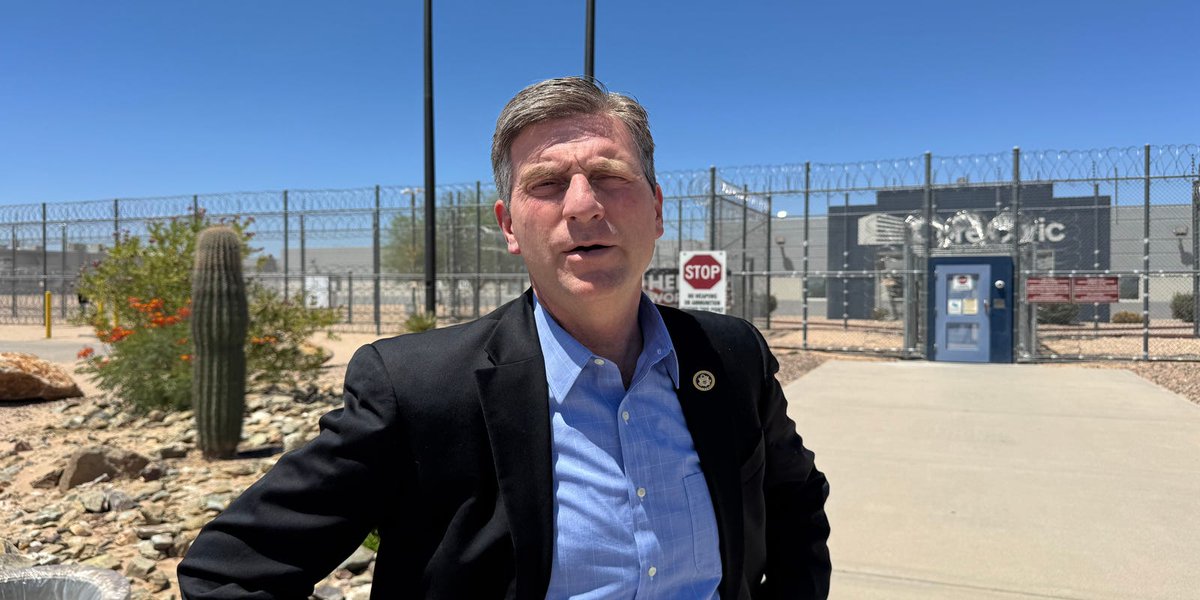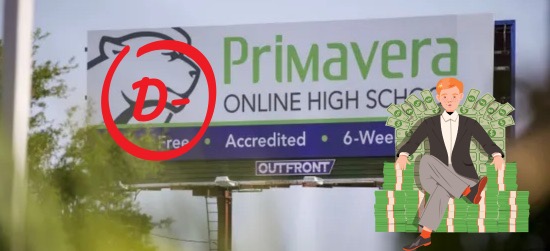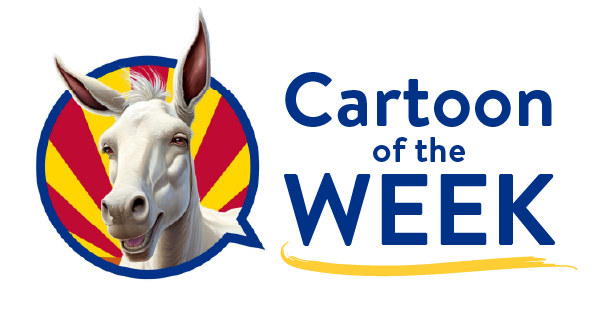“. . . the troubled Arlington-Va. based Imagine Schools”
The Farley Report: February 21, 2012
Posted by AzBlueMeanie:
Time once again for The Farley Report from Rep. Steve Farley (D-LD 28):
To start off tonight I want to let you know that next Wednesday, February 29, I will be making a pretty exciting announcement about my political future. I would love to have you there with me to share that moment.
The first stop on the announcement tour will be at the Tucson Botanical Gardens at 10:30am — on Alvernon just south of Grant. Next I will appear on the Bill Buckmaster Show at noon on KVOI 1030-AM, then early afternoon in Green Valley (I'll let you know when and where next week), on the John C. Scott Show at the 4:00 hour, and in Sierra Vista at former Representative Pat Fleming's home, 3321 E. Ojibwa Street, at 5pm. Hope to see you at one of these stops!
You will remember that my bipartisan Senior Caucus bill to make long-term care more affordable for middle-class seniors and the families that love them (HB2713) was scheduled for a hearing in the House Health Committee last Wednesday morning.
Thanks to my partnership with Chairman Cecil Ash (R-Mesa), the bill passed committee unanimously. It was next assigned to the House Appropriations Committee, but luckily Approps Chairman John Kavanagh (R-Fountain Hills) allowed the bill to be withdrawn from his committee, so now HB2713 will head to the Rules Committee before it goes to debate and vote on the House floor.
This path looks very promising in large part because several Republican members of the Health Committee (including Heather Carter (R-Cave Creek) and Justin Pierce (R-Mesa)) love the bill and are helping to move it along. We could really make this happen here in Arizona, and lead the way for the nation!
Do TUSD funding formulas discriminate against schools with low income students?
by David Safier
Based on TUSD proposed funding formulas Board President Mark Stegeman included in his recent constituent newsletter, schools with lower income students will receive less money to spend on teachers than schools with higher income students. (Download School budget formulas 2012-13)
This is a serious equity issue which is not exclusive to TUSD. It happens in school district funding formulas across the country and has been the subject of a great deal of serious examination. It will take some explaining, so if you're interested, bear with me.
There are two basic ways to fund teachers at individual schools.
- Make sure all schools have a more-or-less equal number of staff members per student. That would mean, for example, every elementary school has one teacher for every 26 students.
- Make sure each school has the same funding per student for teachers. That would mean allocating, for example, $2000 per student to hire teachers. [I imagine the actual figure is higher than $2,000, but the idea is the same.]
The first funding formula creates equality in the teacher/student ratio. The second creates a dollar-for-dollar equality.
It looks like TUSD goes for the former: making sure each school has more-or-less the same ratio of teachers to students. That usually means, schools with higher income students receive more funding than schools with lower income students, because the former tend to have more experienced teachers — and therefore teachers with higher salaries — than the latter. Here's why.
In general, teachers tend to stay longer at the schools with the "better" — meaning higher income — students, because, let's face it, they're easier to teach than lower income students. There tend to be fewer family problems, fewer discipline problems, lower absentee rates, higher motivation, etc. Teachers tend to leave schools with the more difficult — meaning lower income — students because of the problems which make it so much harder and more frustrating to teach there. Some teachers at schools with lower income students make yearly transfer requests until they finally move to the schools with "better" students. Others simply give up and leave the profession. In each case, new teachers are brought in to replace them.
Consequently, schools with low income students have, on average, less experienced teachers than schools with higher income students. And, since less experienced teachers are also lower on the pay scale, that means schools with lower income students spend less money to reach that 26-to-1 ratio than schools with higher income students.
(Continue reading below the fold.)
Babeu watch: What will we tell the conservatives???
Breaking: Budget bills to go before AZ lege at 8 a.m. Tuesday
‘Survivor – GOP Presidential Primary’ returns Wednesday for series finale
PDA Tucson and PALF present John Nichols February 27








